- Across the world, natural wonders such as the Great Barrier Reef and the Amazon rainforest demonstrate Mother Nature’s power and beauty.
- Some of these natural wonders have also broken records – their size, height, or length reigns supreme.
- Victoria Falls is the largest waterfall by volume, the Dead Sea is the lowest exposed land on Earth, and Praia do Cassino is the longest beach.
- Visit Insider’s homepage for more stories
Across the world, natural wonders promote our planet’s biodiversity, stabilize our climate, and support human life. And as far as breaking records go, Mother Nature is a force to be reckoned with.
While some record-breaking natural wonders were discovered centuries ago, others, like the world’s largest cave, weren’t discovered until more recently.
From Mount Everest, the world’s highest mountain, to Frying Pan Lake, the largest hot spring, these wonders demonstrate nature’s record-breaking capabilities.
The Great Barrier Reef in Australia is the world’s largest coral reef system.
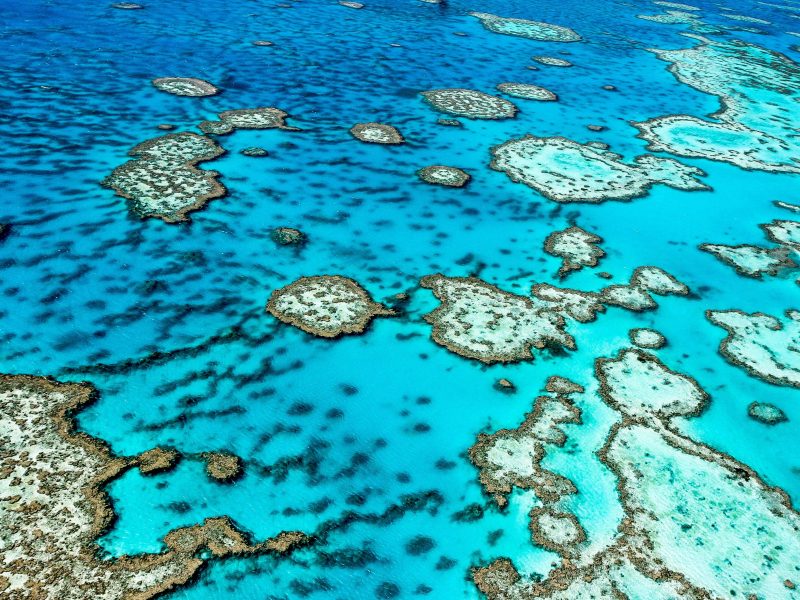
Located off the northeastern coast of Australia, the Great Barrier Reef is 1,260 miles long, making it the world’s largest coral reef system and one of the seven natural wonders of the world.
The Great Barrier Reef is actually composed of 3,000 individual reef systems and home to hundreds of tropical islands.
To put the size into perspective, the reef is the only living thing visible from space and is larger than the Great Wall of China.
Angel Falls in Venezuela is the tallest waterfall in the world at 3,212 feet high.
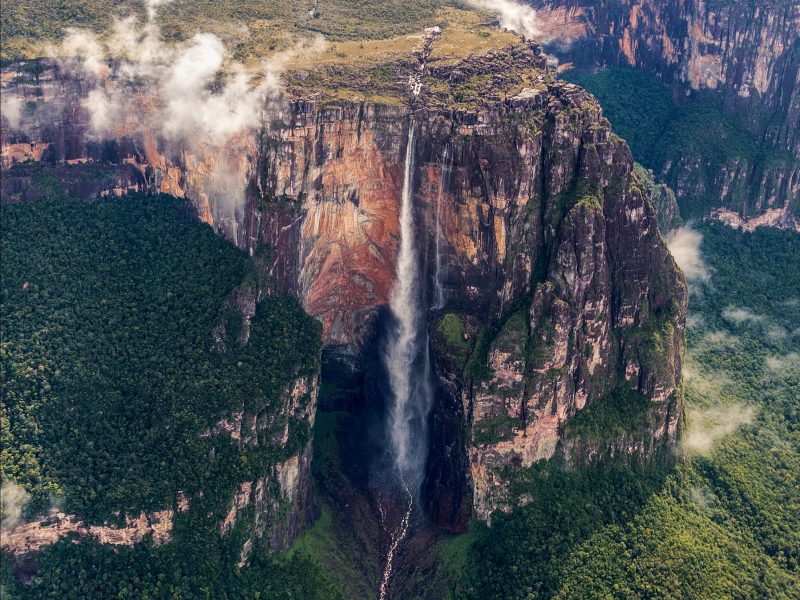
Angel Falls, located deep in the Guiana Highlands, is an especially difficult-to-reach 3,212-foot high waterfall.
The falls were formed in part by mountain-like structures known as tepuis, which protrude from the ground and help create an ideal environment for Angel Falls.
Angel Falls is massive compared to other famous waterfalls. For comparison, Niagara Falls is around 165 feet high.
While Victoria Falls is not the tallest, it does hold the record for the largest waterfall by volume.
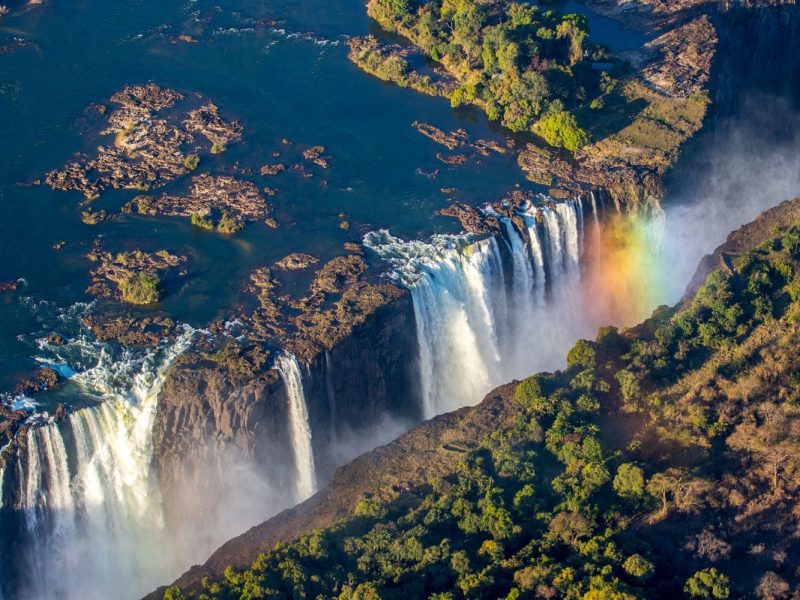
Victoria Falls, located between Zimbabwe and Zambia, is a mere355 feet long, but it's 5,500 feet wide, making it the world's largest waterfall by volume.
In the 1800s, the Kololo tribe living in the area dubbed the falls "Mosi-oa-Tunya," which translates to "The Smoke that Thunders." The falls are so extensive that mist can be spotted from miles away, and the Zambezi River below is full of raging rapids.
Another enormous, record-holding body of water is Lake Baikal in Russia, which is the world's largest and deepest lake.

Lake Baikal is not only the world's deepest lake, but also the world's largest freshwater lake in terms of volume. In fact, Lake Baikal makes up 20% of the world's freshwater.
The lake's maximum depth is around 5,300 feet, and it has 5,521 cubic miles of water. The volume is estimated to be the combined amount of all five North American Great Lakes.
Twenty-seven islands, including one that is 45 miles in length, can be found within Lake Baikal. Inside and surrounding the area of the lake are more than 1,500 animal species, and of those species, 80% are found nowhere else on Earth.
The Nile River is 4,160 miles long, earning it the title of the world's longest river.
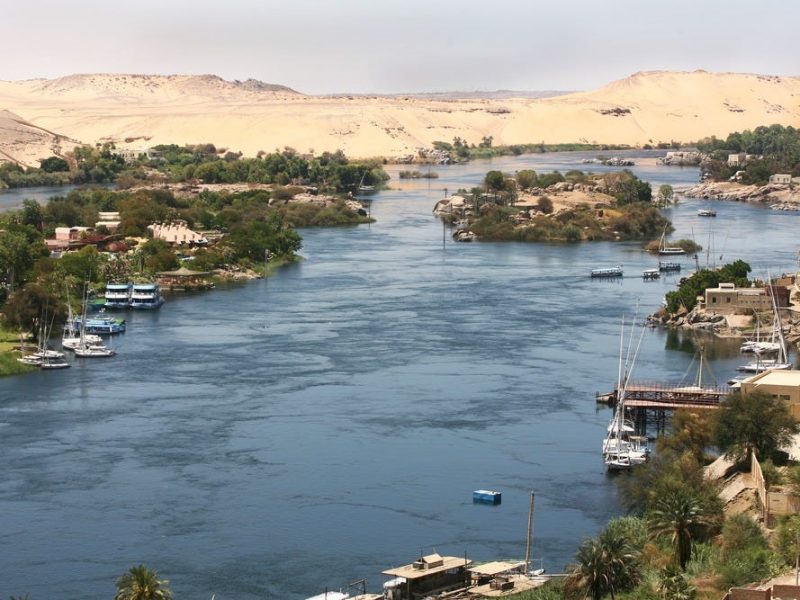
The longest river in the world begins south of the equator and flows north through northeastern Africa, eventually reaching the Mediterranean Sea.
The river flows through Tanzania, Burundi, Rwanda, the Democratic Republic of Congo, Kenya, Uganda, South Sudan, Ethiopia, Sudan, and Egypt.
Frying Pan Lake in New Zealand is the world's largest hot spring.
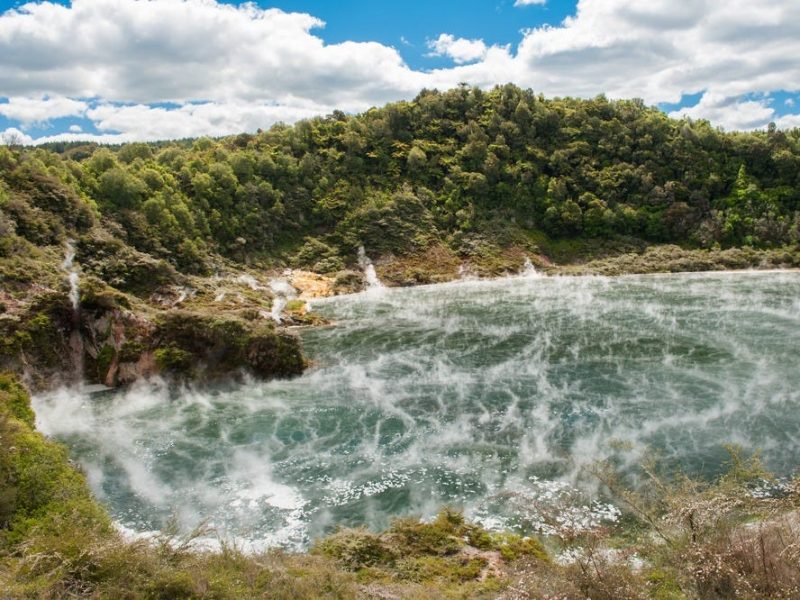
Frying Pan Lake can be found at the Waimangu Volcanic Rift Valley in Rotorua, New Zealand. The lake occupies more than 400,000 square feet of the volcanic crater. The base of the lake contains magma, which releases carbon dioxide and hydrogen sulfide steam and gas.
The lake itself has an average temperature ranging from 110-130 degrees Fahrenheit and a PH of 3.5, which is way too acidic to consume.
Geysers are already a rare natural phenomenon. In Wyoming, you can find Steamboat Geyser, the tallest active geyser in the world.

Found in the Norris Geyser Basin in Wyoming, when Steamboat Geyser erupts, water can shoot up to 300 feet high. Waimangu Geyser in New Zealand, near Frying Pan Lake, has shot water to even greater heights, but not in the past 100 years.
A major eruption from the Steamboat Geyser can last anywhere from three to 40 minutes and completely covers the surrounding area with a shiny layer of silica. The eruption is said to be so loud it has woken up visitors based a mile away at Norris Campground.
Also in the US is Mount Kilauea, the world's most active volcanic mass.

Found in the southeastern part of the Big Island in Hawaii, Mount Kilauea's 4,090-foot-high summit collapsed to form a huge depression nearly 3 miles long and 2 miles wide.
Usually, Kilauea's eruptions are harmless, with the lava flowing into Halema'uma'u, which acts as a boiling lake of active lava.
Since 1983, Kilauea has been consistently erupting, and according to Volcano Discovery, it is one of "the most long-lived eruptions known on Earth."
Iceland holds the record for the world's largest volcanic island.
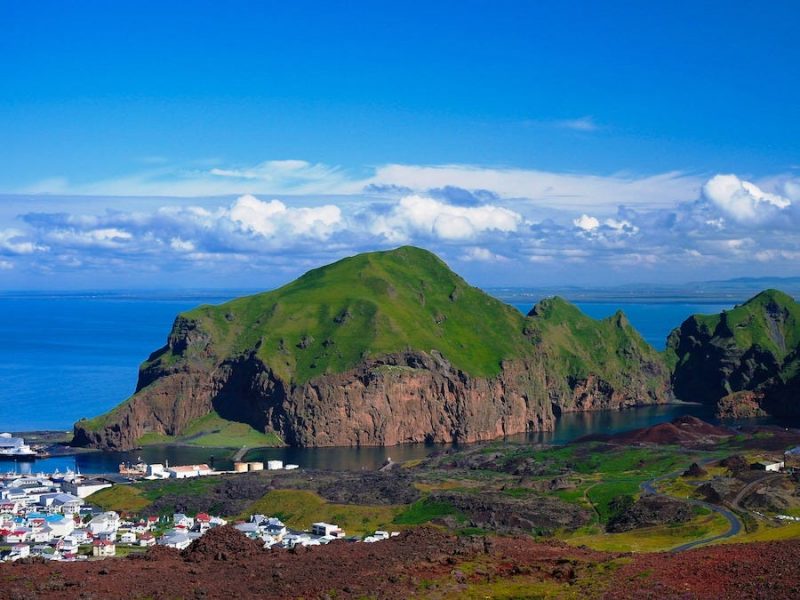
At 39,768 square miles, Iceland is the largest volcanic island in the world. The country itself is really just exposed ocean floor, formed by volcanic eruptions along the mid-Atlantic ridge. The ridge is a crack in the ocean floor, a result of the North American and Eurasian tectonic plates.
Iceland is one of the least polluted countries in the world, due in part to its abundance of clean resources. The geological activity that created the volcanoes helps heat 90% of Iceland's homes using natural geothermal heat. Also, sub-glacial volcanoes create meltwater, an ideal source for hydroelectric power.
Antarctica is home to the largest glacier in the world.

Antarctica's Lambert Glacier is 250 miles long and 60 miles wide. Lambert Glacier is a part of East Antarctica and the enormous Antarctic ice sheet. The stream from Lambert Glacier drains around 8% of the Antarctic ice sheet.
It's also one of the fastest moving glaciers in the world. Its velocity is 1,310 to 2,620 feet per year, National Geographic reported in 2013.
In 1953, the Kutiah Glacier in Pakistan set the record for the fastest glacial surge.
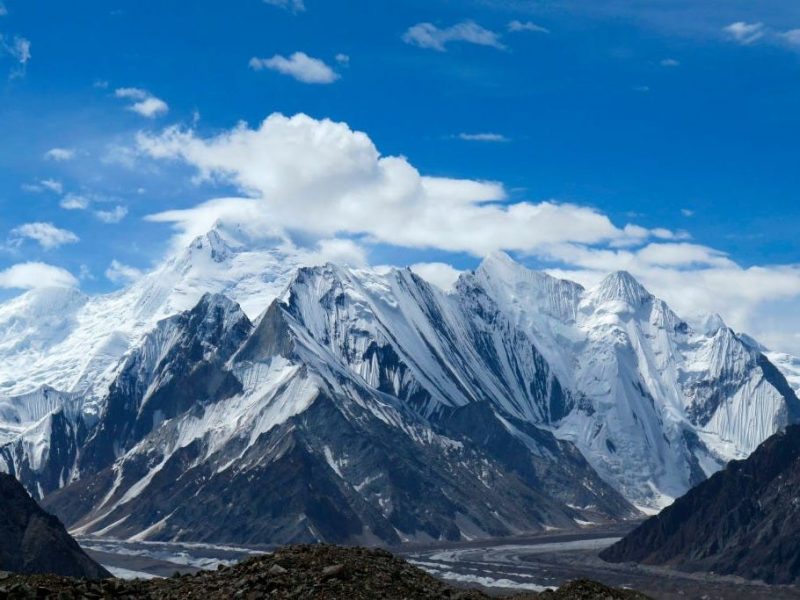
In just three months, the Kutiah Glacier, found in the Karakoram mountain range, moved 7.5 miles, an average of 367 feet per day.
While some glaciers move very slowly over the course of decades, others move very quickly, which is called a glacial surge. A surge occurs when the flow is at least 10 times faster (but often hundreds of times faster) than a glacier's usual pace.
Asia is also home to the highest mountain in the world, Mount Everest.
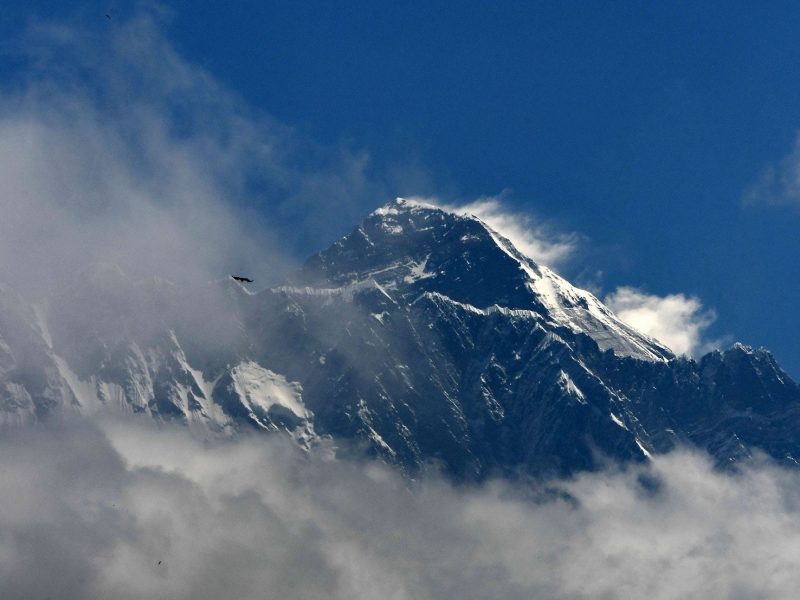
Mount Everest, located in Nepal and China, is 29,028 feet and 9 inches tall, making it the highest mountain in the world, according to the Guinness World Records.
Mount Everest was first deemed the world's highest mountain in 1856 when the Survey Department of the Government of India recorded its height to be 29,002 feet.
The mountain has been a part of additional records through the years as mountaineers frequently break climbing records, and it was even the venue space for the world's highest-altitude concert.
While Mount Everest reaches the highest altitude, the tallest mountain, Mauna Kea, is located in Hawaii.
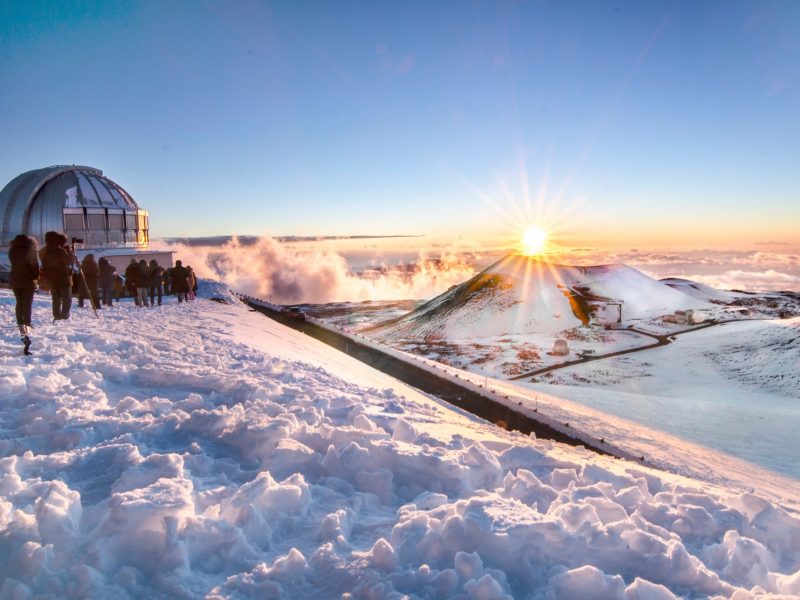
Mauna Kea in Hawaii is the tallest mountain in the world. While you can only see 13,796 feet of the mountain, it's actually 33,480 feet when measured from the ocean floor.
Mauna Kea translates to "White Mountain," named for its snow-covered summit where Hawaiians enjoy skiing and snowboarding. But, because of its height, the air is especially thin and winds are strong, making the conditions difficult.
Mount Kilimanjaro in Tanzania is a dormant volcano and the tallest free-standing mountain in the world.
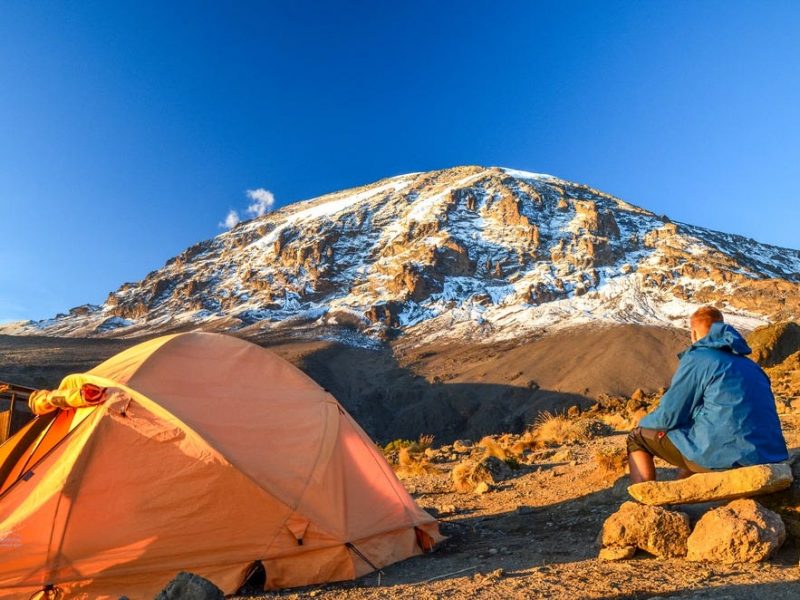
While Mount Kilimanjaro is Africa's tallest mountain, it is also the world's highest free-standing mountain, meaning it is not a part of a range and stands alone. Kilimanjaro is a 19,340-foot-tall dormant volcano, believed to have last erupted 360,000 years ago.
The six surrounding forest corridors and the mountain have been designated as Kilimanjaro National Park, which is also a UNESCO World Heritage site.
The Dead Sea, landlocked between Israel and Jordan, is the lowest exposed land on Earth.
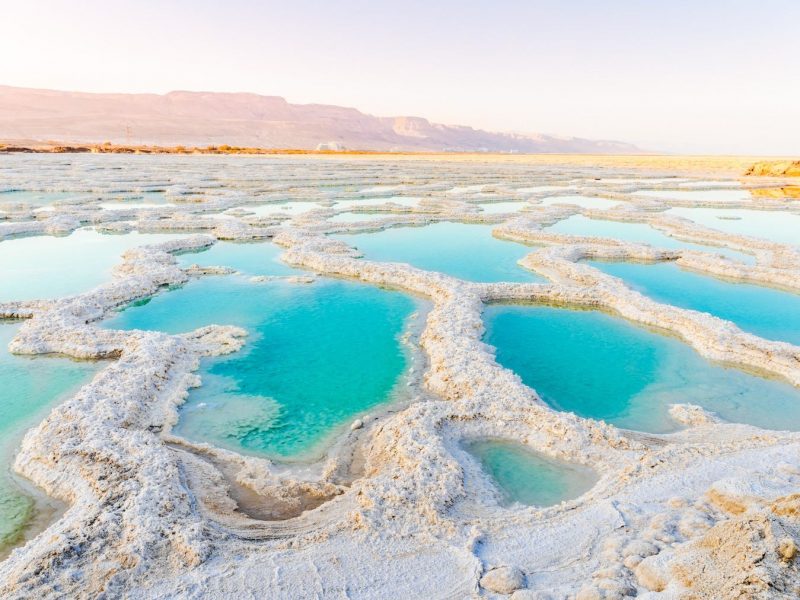
The Dead Sea is about 1,410 feet below sea level, although the lake continues to drop about 3 feet every year.
The Dead Sea is named for its extreme levels of salinity, preventing life from survival. When visitors come to swim in the Dead Sea, they experience an easier time floating because of the salt concentration.
Brazil is home to the world's longest beach, which is estimated to be 152 miles.
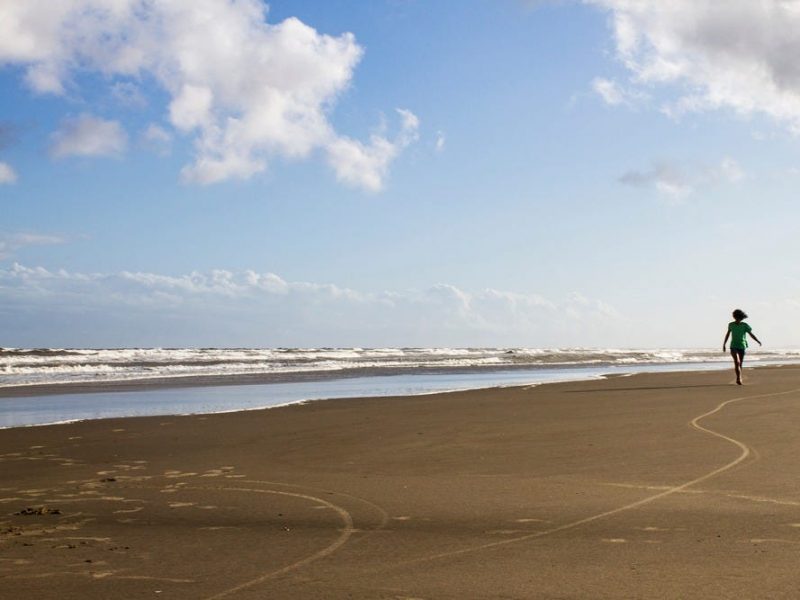
Praia do Cassino beach in the state of Rio Grande do Sul is on the southern coast of Brazil, facing the South Atlantic Ocean. The longest beach in the world is estimated to be about 152 miles long - it stretches from Rio Grande to the border with Uruguay. The beach is a popular spot for locals and tourists, and offers unique snorkeling, surfing, and sailing experiences.
A portion of the world's largest rainforest, the Amazon, is also located in Brazil.
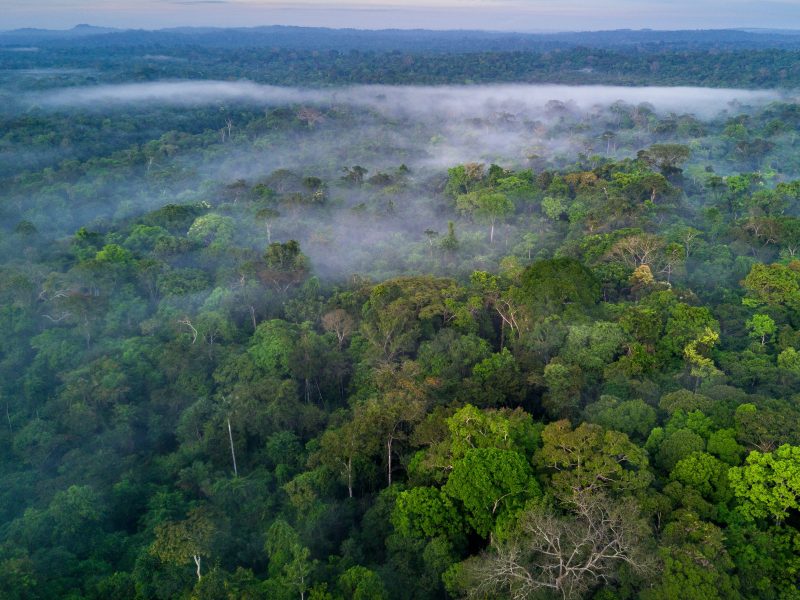
The Amazon rainforest covers about 40% of South America, including Brazil, Ecuador, Peru, Bolivia, Colombia, Venezuela, Guyana, Suriname, and French Guiana. The rainforest is 1.4 billion acres, and home to half of the planet's remaining tropical forests.
The forest is needed to stabilize the planet's climate, and rapid deforestation threatens the release of more carbon, which amplifies the natural greenhouse effect on Earth.
The General Sherman Tree, found in Sequoia National Park, holds the record for the world's largest tree.
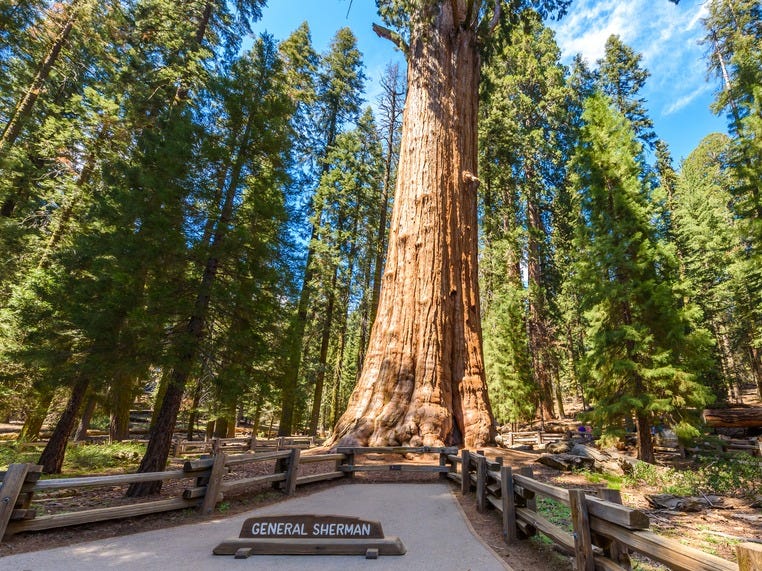
Standing 275 feet tall and over 36 feet in diameter at its base, the General Sherman Tree is not only the biggest sequoia tree, but the largest tree in the world.
The General Sherman Tree can be found in the Giant Forest of Sequoia National Park in California, where it lives amongst other practically sky-scraping trees. The General Sherman is estimated to be over 2,200 years old and grows taller every year.
The world's largest mangrove forest is in Bangladesh.
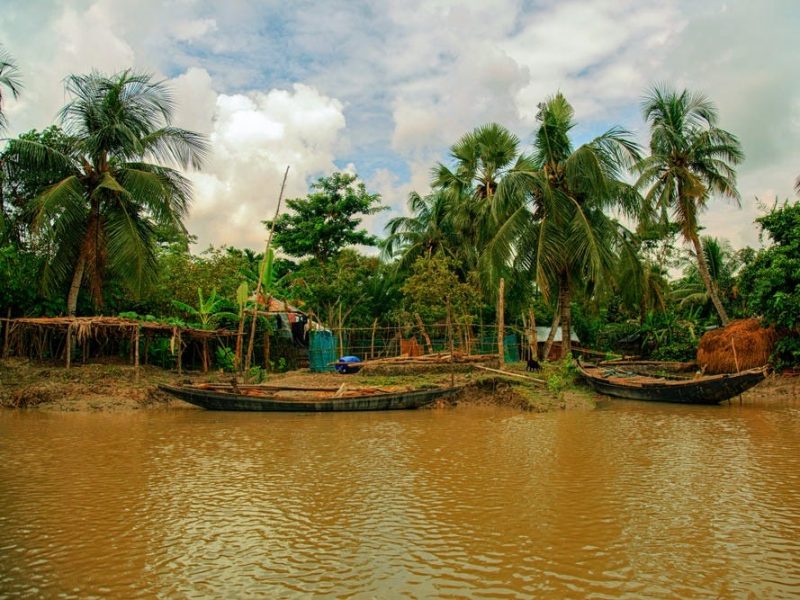
The Sundarbans Reserve Forest is along the delta of the Ganges, Brahmaputra, and Meghna Rivers. The mangrove forest is the largest in the world, with 60% of the area in Bangladesh and the rest lying in India.
The forest is actually a collection of different-sized islands connected by a chain of brackish water channels. The Sundarbans, a UNESCO World Heritage site, serve as an exceptionally diverse habitat for a vast amount of plants and animals, including the royal Bengal tiger.
Located in the Phong Nha-Ke Bang National Park in Vietnam, Hang Son Doong Cave is over 3 miles long, making it the largest cave in the world.
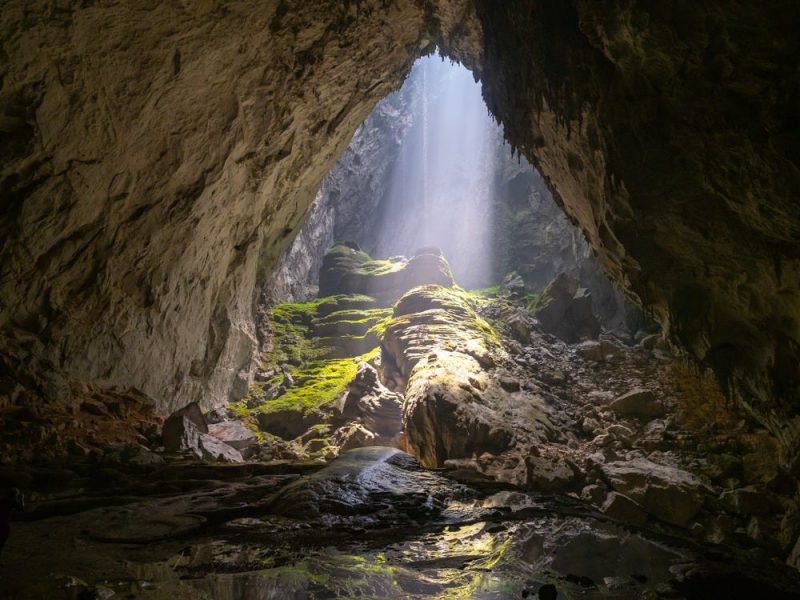
Hang Son Doong Cave, which translates to Mountain River Cave, is estimated to be between 400 and 450 million years old, but it was only first explored in 2009.
The cave is over 3 miles long and 650 feet high, and it is large enough to have a weather system independent from the outside world. The cave even has its own clouds, jungles, and rivers, and appears almost like a fantasy world untouched by humans.
